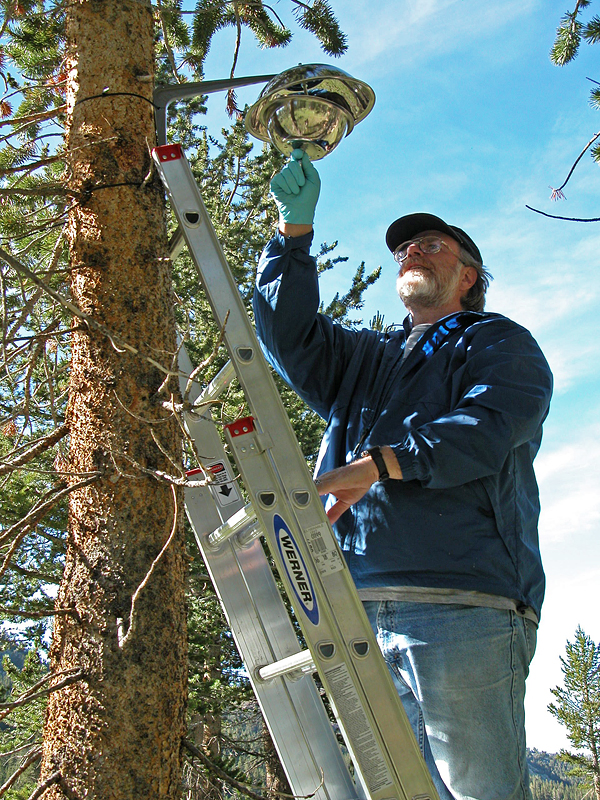Stressors
Declines in amphibian populations have occurred not only on areas clearly impacted by human activities such as urbanization, but also on protected lands intended to buffer amphibians and other wildlife from anthropogenic disturbances. Some stressors are not stopped by preserve boundaries and can affect wildlife populations 10's or 100's of kilometers from their source or point of use. For example, pesticides, fertilizers, or supplements given to livestock can be transported from the terrestrial setting where they are applied, to aquatic environments via precipitation, run-off, erosion, wind, and misuse. Conversely, some contaminants such as mercury or selenium occur naturally, but can be concentrated, or disturbed and released into the environment by human activities. Amphibian populations can be exposed to multiple stressors simultaneously, producing novel conditions with unknown outcomes.
ARMI scientists conduct research to identify stressors and evaluate their impacts on amphibian individuals and populations.
Stressors - ARMI Papers & Reports
Papers & Reports Methylmercury in subarctic amphibians: environmental gradients, bioaccumulation, and estimated flux
Papers & Reports Using life history traits to assess climate change vulnerability in understudied species
Papers & Reports Unburned habitat essential for amphibian breeding persistence following wildfire.
View All Data Releases on Stressors
* PDF documents require Adobe Reader or Google Chrome Browser for viewing.


